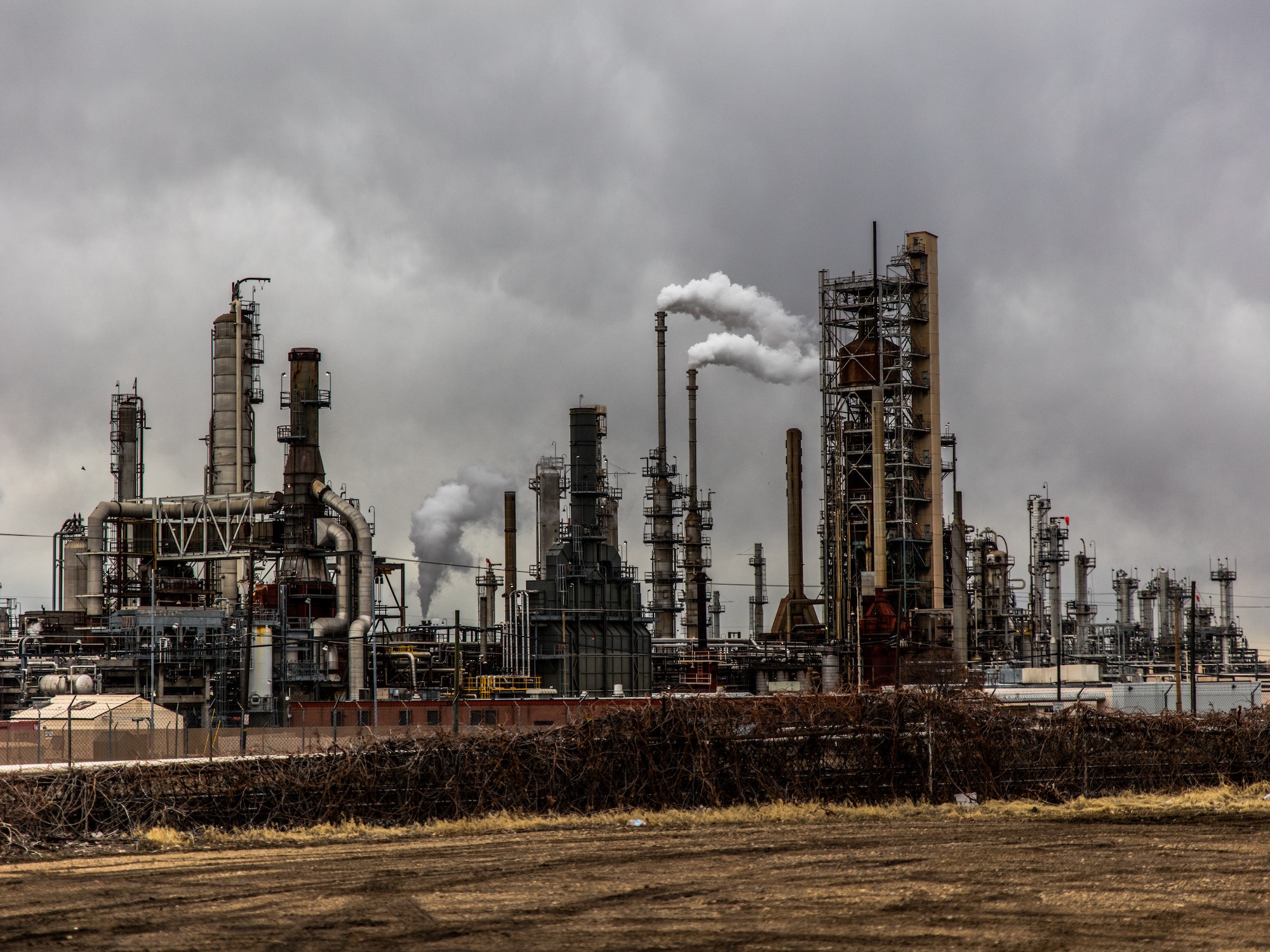

It’s rare to behold these days, but here’s some good news: A lot of scientists agree that a 90percent green energy infrastructure is not only possible, but that there are now clear pathways to making it a reality. The bad news? They really are having a tough time figuring out how to finish the job for that tricky little last 10 percent.
A new study published last week in in the research journal Joule details both the impediments and six possible solutions to ensuring the United States can reach the Biden administration’s 2035 goal for net-zero emissions in the electricity sector. Within those potential pathways are a mix of strategies, including further reliance on wind and solar energy production, hydrogen energy storage, and an expansion of our nuclear power capabilities. For example, as explained by the National Renewable Energy Laboratory (NREL), wind and solar energy would provide 60 to 80 percent of total generation in the least expensive electricity mix, with “the overall generation capacity grow[ing] to roughly three times the 2020 level by 2035—including a combined 2 terawatts of wind and solar.”
[Related: A century ago, wind power was a farming norm. What happened?]
“A 100 percent carbon-free power system will require a portfolio of resources,” Trieu Mai, a senior energy researcher for the National Renewable Energy Laboratory and the paper’s lead author, told Inside Climate News last week. “But humility is needed to accept that we don’t know … the optimal mix to solving the last 10 percent.” The NREL cites difficulties including the speed and exponential growth required to scale renewable energy sources, securing adequate research and development funding, and supply chain adaptation as key areas to ensure that last 10 percent push.
As Mai and their collaborators explain in their paper, the balancing act to achieve this lofty, yet wholly necessary, benchmark is a delicate one. There are numerous political and societal factors at play, such as cost concerns (nuclear and geothermal power can be pretty pricey, for example), near term viability (hydrogen power is far from market ready), and convincing a potentially hesitant public.
Of course, such a paper can’t lay out a specific path forward for the US, but instead present a host of options we need to consider what is the best and most likely way to address the existential threat at our doorstep. “We just want people to recognize that within each option, there are tradeoffs,” Mai told Inside Climate News. “We recognize the degree of uncertainty with all of these technologies, and we need to lay that out on the table.”
